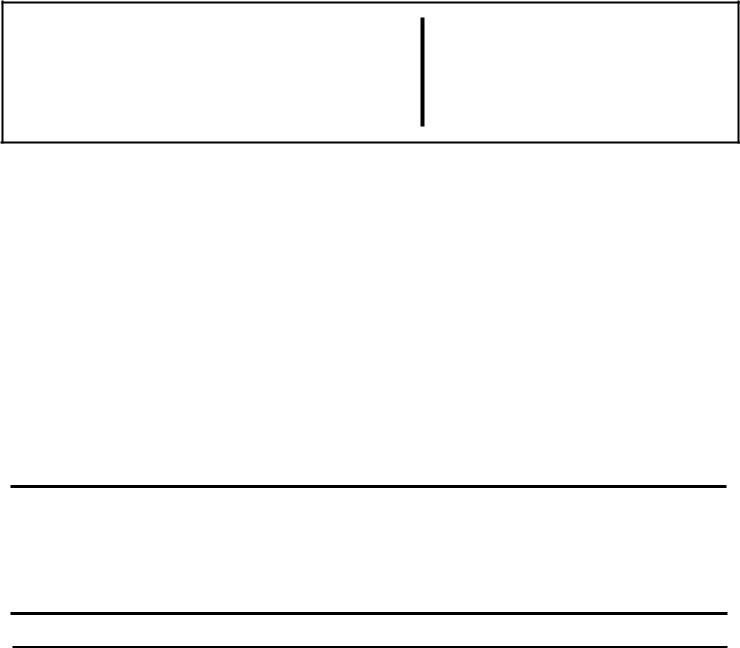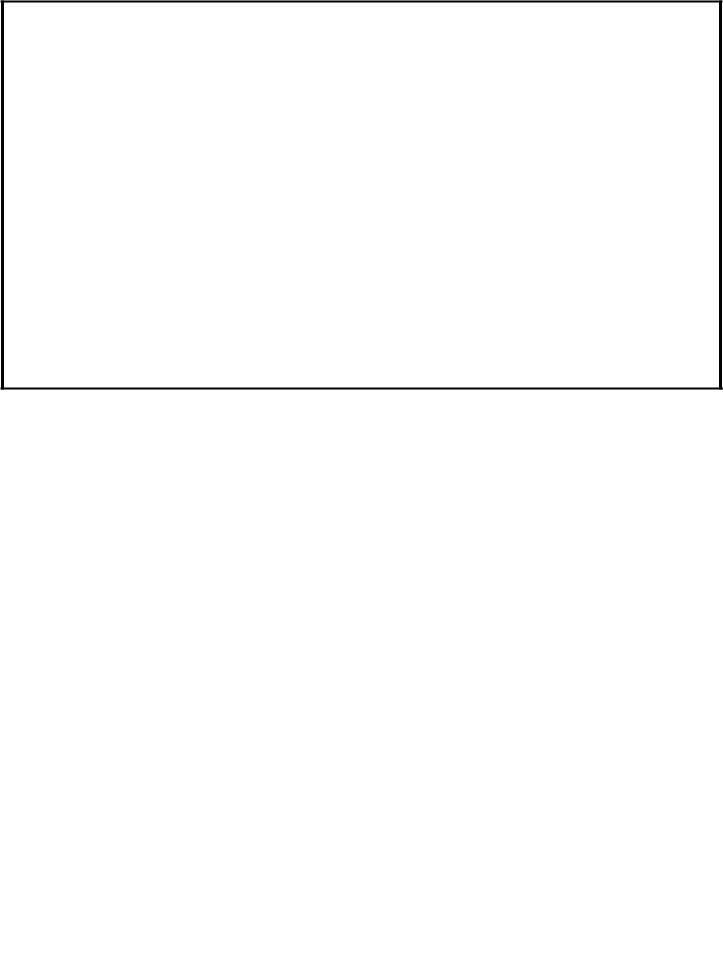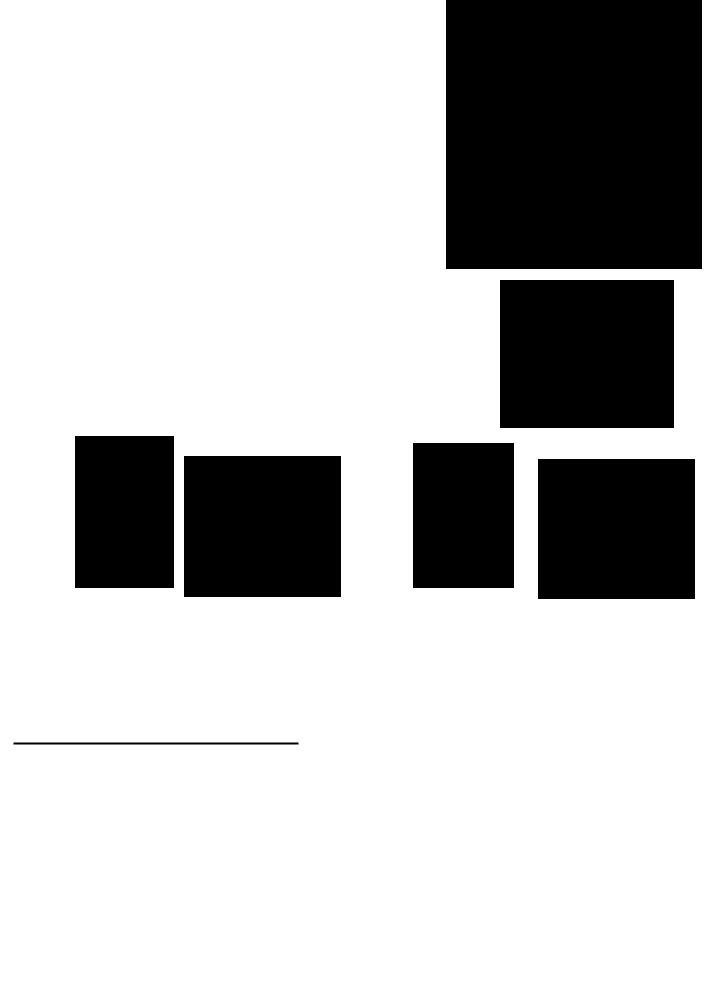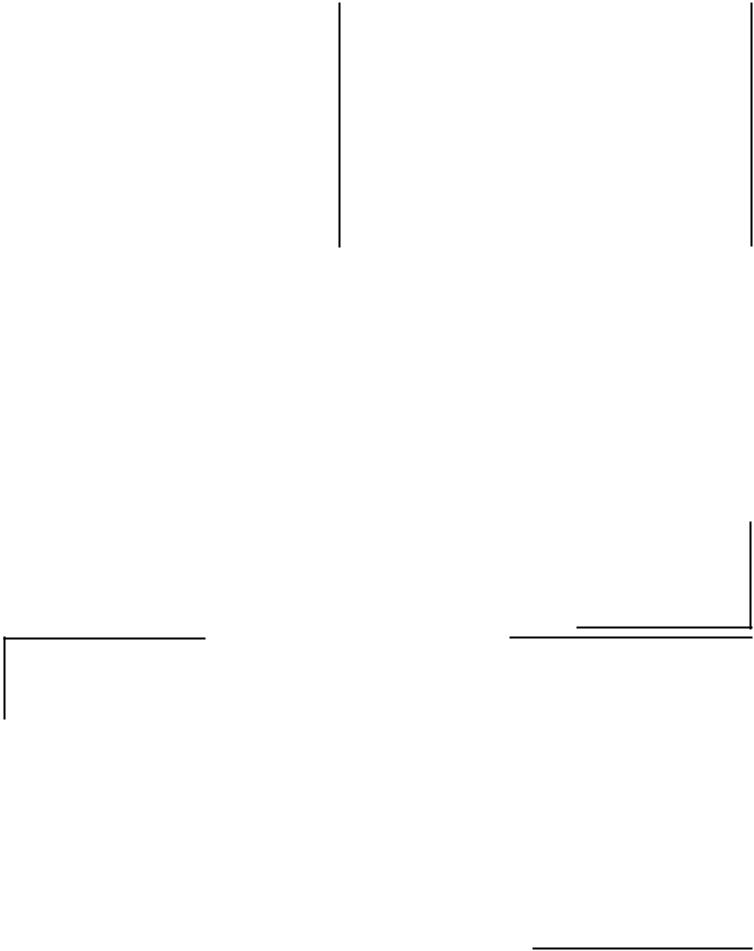Seiko CM3-11, CM3-21, CM3-L21 Manual
--- - ---- - |
-------- |
-----......;; |
OPERATING INSTRUCTIONS
AND PARTS BOOK
BElKO
.BLIIDSTITCH MACHINE SERIES
CM3-21 CM3-11
CM3-L21 SEMI SELF-OILER
SEIKO S-EWING MACHINE CO., LTD.
TOKYO, JAPAN
From the library of: Superior Sewing Machine & Supply LLC

STANDARD
SIZE
NEEDLES
:r,
#10 Fine knit rayon
#15 Fine knit wear
#20 Fine knit jersey
#25 Dresses and light fabrics
#30 For sportswear
#35 For heavy, hard material and coats
#40 For extra hard material
If you have any difficulty, do not hesitate to contact dealer who sold you this machine. If unable to obtain satisfaction,
please write or phone us direct: ------------- __
•SEIKO SEWING MACHINE CO., LTD.
11-3, 1-chome, lmado, Taito-ku, Tokyo, Japan
Phone:872-6171/6
Cable Address: SEIKOSEWMCO TOKYO
SEIKO BLINDSTITCH MACHINE MODELS
CM3-21 SERIES: CM3-21L CM3-21M CM3-21H CM3-21K(WITH SKIP STITCH) CM3-11 SERIES: CM3-11L CM3-11M CM3-11H CM3-11K<NON SKIP STITCH)
CM3-L21 SERIES: CM3-L21L CM3-L21M CM3-L21H CM3-L21K <SKIP STITCH & SEMI-SELF OILER)
CM3-P11 SERIES: CM3-P11L CM3-P11M CM3-P11H CM3-P11K <PORTABLE)
From the library of: Superior Sewing Machine & Supply LLC

INDEX
INFORMATION |
PAGE |
|
Needle Sizes .................................. |
Inside Cover |
|
Models in our Line.......................... |
Inside Cover |
|
Mounting on Stand....................................... |
|
. |
Oi Iing Instructions ........................................ |
|
1 |
Knee Lifter Adjustment.................................. |
|
2 |
Threading Chart ............................................ |
|
2 |
Adjusting Rib to Needle.................................. |
|
3 |
Stitch Ratio Lever............................................ |
|
3 |
Testing and Changing Needle........................ |
|
·4 |
How to Sew.................................................... |
|
5 |
Stitching ........................................................ |
|
5 |
Set Rib Shaft and Rib Connection............ |
6 |
& 7 |
Needle Stroke ........................................ |
6 & 7 |
|
Length of Stitch........................................ |
6 & 7 |
|
Adjusting Looper .................................... |
8 |
& 9 |
PARTS |
|
PAGE |
|
Rib ~--·····.............................................. |
10 |
& 11 |
|
Feed Frame ........................................ |
10 |
& 11 |
|
Main Frame ........................................ |
12 & 13 |
||
Main Shaft .................................................... |
|
|
13 |
Front Plates .................................................. |
|
|
11 |
Presserfoot Assembly .................................... |
|
|
15 |
Looper Rod Assembly...................................... |
|
|
16 |
Needle Drive Group........................................ |
|
|
16 |
Regulating Dial Group........................... |
~---····· |
17 |
|
Rocker Pin Assembly...................................... |
|
|
17 |
Knee Lifter Assembly...................................... |
|
|
18 |
CM3- L21 Self Oiler........................... |
19 |
& |
20 |
MOUNTING MACHINE
1.Fasten machine to table using felt pad. Tighten screws evenly, turning each a little at a time. a. When an individual motor and clutch unit
is employed, it is recommended that the motor be rated at I!J HP and 1725/1750 RPM. On all standard models, use a Jlf2" outside diameter pulley. On models intended for alteration, use a 21f2" outside diameter pulley.
b.When the machine is mounted on a power table, a 4" pulley should be used. If possible, when using such stands, the machine should be mounted TO AVOID CROSSING THE BELT.
c.The maximum machine speed recommended for any installation is 3000 RPM, unless otherwise specified.
2.The handwheel's direction of rotation is away from the operator. It rotates in a clockwise direction when looking at the face of the wheel pulley, as shown by the arrow.
3.Either V-belting or round leather belting may be used. Excessive tension of belt will cause over-heating and freezing of bearing at handwheel.
CAUTION: BEFORE OPERATING MACHINE, LUBRICATE IN ACCORDANCE WITH INSTRUCTIONS. REFER TO OIL CHART.
1. Place a few drops of oil at all points shown on the oiling chart All moving parts MUST be oiled.
2. In production use, the machine should be oiled twice daily
OILING
INSTRUCTIONS
From the library of: Superior Sewing Machine & Supply LLC |
1 |
MODEL CM3-L21 |

KNEE LIFTER ADJUSTMENT
To adjust Knee lifter (A), loosen Lift Arm Screws
(B) and bring Knee Lifter into position most comfortable for operator. Tighten Screws (B) securely.
This adjustment may require readjusting tension spring.
To adjust tension of spring on Knee Lifter, loosen Col.lar Screws (C) and wind spring by placing side blade of screw driver in Collar slots (D). Wind tight enough until Knee Lifter (A) swings towards the operator, then tighten Collar Screws securely.
"S" Hook (E) must always have slack between Feed Frame and Lift Arm (F). To do this, first loosen Lock Nut (H) and turn Adjusting Screw (G) left or right untii"S" Hook is FREE of Feed Frame and Lift Arm. Hold Screw in place and tighten Lock Nut (H).
THREADING CHART
1. Use any type thread which is suitable for the fabric being· ·sewn. This includes mercerized, 00, silk and synthetic threads.
2.The thread is passed through rear thread guide (A} then slides between two tension discs (B) through (C) through front thread
guide (D) ... then down through needle clamp hole (E) ..• and
·entering from the underside of needle hole (F).
3.Leave thread about 2 to 3 inches past needle hole.
THREADING NEEDLE |
|
RIGHT |
|
1. To thread needle at point (F) |
Up like this |
||
|
|||
a. Swing work plate out of way |
|
||
b. Depress cylinder out of way |
|
||
with |
knee lifter |
|
|
c. Hold |
thread between |
index |
|
finger and thumb
d. End of thread must be stub not feather edge.
From the library of: Superior Sewing Machine & Supply LLC
2

ADJUSTING RIB TO NEEDLE
THE MACHINE SHOULD IE CHECKED TO INSURE CORRECT
NEEDLE SmiNG TO PREVENT DAMAGE TO NEEDLES.
1.Press knee lifter to depress feed frame.
2.Turn hand wheel CLOCKWISE until eye of needle is at slot in presser foot shoe (Fig. 1).
3.Slowly release knee lifter. The rib should JUST TOUCH THE NEEDLE (Fig. 2).
4.If rib is pressing up against needle (Fig. 3), turn dial toward "LESS" until rib just touches needle.
5.If rib is away from needle (Fig. 4), turn dial toward .. MORE" until rib just touches needle.
6.When needle just touches rib (Fig. 2), machine is set to test.
7. To test machine, when ratio is set 2 to 1 ratio-take sing!.§ layer of material, place in machine and turn machine by hand. If machihe catches once, then does not catch on next stroke, machine is ready to work.
8.Keep dialing. "MORE'' or "LESS.. until above results are obtained on silk or any thin goods.
9.On heavy goods, it should catch oR each stroke of needle.
10.You are now ready to thread machine. Refer to 'threading · instructions.
FIG. 4 |
FIG. 3 |
IMPORTANT:
Place a piece of thin sample material in machine. Set stitch ratio on 2-to- 1. Turn hand wheel clockwise by hand so that needle catches on one stroke and skips a stitch on second stroke.
ON THE SKIP STROKE, stop when the eye of the needle is at the rib (Fig. 1) • At this point, the gap between the Compensating Skip Stitch Screw (Fig. 5, A> and the Push Rod (B) should be .018 (C). Un the absence of a gauge, .018 is about S times the thickness of average letterhead paper.> This adjustment Is made by loosening Lock Nut (f) , adjusting screw
(A) so gap at (C) is .018. Keep screw in place with screwdriver and secure Lock Nut.
Once this Is done, a similar adjustment on Feed Frame Limit Safety Screw (E) should be made. Loosen Lock Nut (D), adjust Safety Screw (E) so that gap (G) between Screw (E) and Main Frame of machine is .0 18. Hold Screw in place with screwdriver and secure Lock Nut. THIS ADJUSTMENT IS TO PREVENT OPERATOR FROM MISTAKENLY ADJUSTING RIB
TOO HIGH WITH "MORE/LESS"From theDIALlibraryCAUSINGof:NEEDLESuperiorTO Sewing Machine & SupplyFIG. LLCS
STRIKE RIB AND BREAK.

TESTING 'NEEDLE:
IMPORTANT: First test needle to make sure there is no bur or it is not bent. To check for bur, rub fingernail across point. If needle is bent, it will not rest firmly on needle guide Fig. 6 • (F)
CHANGING NEEDLE
TO REMOVE
1.Loosen screw (A) about 21f2 turns until Needle Clamp (B) is loosened from Needle Lever (C) and Needle is free. (Fig. 1)
2.Hold Needle with left hand thumb and index
finger, remove by moving away from you and to the left (Fig. 1). It should come out effortlessly. DO NOT FORCE.
INSERTING NEW NEEDLE
1.Place good new needle in groove of presserfoot and hold in place with right index finger (Fig. 2\. With tilting motion of right thumb (Fig. 3), tirt shank of needle to right in between Needle Clamp (B) and Needle Lever (C) and into groove of Needle Lever.
2.With left index finger and thumb (Fig. 4), bring Needle Clamp and Lever together making sure Needle is setting in· Needle Lever Groove. While
holding together with left .hand, draw needle up as high as possible with right hand. Then with right hand, tighten screw (A) with screw driver.
3.Hold Needle at point (D) (Fig. 5) with left thumb and index finger, loosen screw (A) a quarter turn, then push Needle all the way up the Needle Lever (DO NOT FORCE) and secure screw (A) firmly.
4.EYE of Needle should be at point (E) (Fig. 6)
when Needle Lever (C) is at its highest point.
\ |
\. \ ~ |
|
\ |
\. |
\\ \\\ ~ ·-v.•, |
\ |
|
|
\ ...... \ |
~~~~_......~ |
|
\
\
FIG. 1
~·--··-·-··-·.,._.,-~
FIG. 3
From the library of: Superior Sewing Machine & Supply LLC
4
HOW TO SEW
1.Turn hand wheel slowly clockwise until needle reaches high point (A).
2.With hands 12 inches or so apart (Fig. 1) hold hem firmly. Depress knee lifter, pface hem in machine parallel with, and up under presser foot. (D)
3.Place edge of hem in slot of shoe (B) and at edge of gauge (C).
4.Start sewing. IMPORTANT: Keep edge of hem lightly, but firmly against gauge, keep material parallel to gauge by KEEPING EYES. ON GAUGE ONLY ... NOT ON NEEDLE OR SEWING.
5.To remove ... make sure needle is again at high point. Depress knee lifter and pull work AWAY FROM YOU, straight back to break thread.
IMPORTANT-DO NOT TUG MATERIAL BACK AND FORTH OR IT WILL UNRAVEL THE STITCH.
START SEWING
1. On thin goods or ribbon cloth guide Fig. l.(C). should be set almost at extreme right side of machine and should obtain results shown in Fig. 2. (F).
2.For heavier goods, bring cloth guide to the left as necessary.
3.Do not pull material to help feeding, do not hold material back, just hold firm but lightly.
4.To remove finished work, MAKE SURE NEEDLE IS AT HIGH POINT FREE OF GARMENT.
TENSION
FIG. 1
PROPER STITCHING (Fig. 2J
If material puckers, loosen tension.
If thread is loose, make sure thread is between tension, discs then tighten accordingly. Do not hesitate to turn tension nut several times as needed.
On thin goods, a light tension is required. |
On |
F• Proper stitching. |
G. Material running |
H. Gouge too for to |
||
heavier goods, a tighter tension |
is necessary. |
|
|
off. Bring gouge |
left. |
Move gouge |
IMPORTANT: l)nlike a regular |
machine, this |
ma- |
|
over o little to left. |
over |
to right. |
|
|
|
|
|||
chine requires very little tension.
UNRAVELING STITCH
To unravel the stitching, turn hand wheel CLOCKWISE to high point of needle. Continue clockwise until thread is off looper. Then COU NTERCLOCKWISE to threading position.
Defress knee lifter and remove garment ... thread wil unravel.
To unravel stitch on finished garment, start where stitching finished, break straight thread and unravel backwards, NOT FROM DIRECTION OF SEWING.
I. If catching each time on light f'obric, turn dial to "LESS" until it looks like J .
J. Catches on thin fabric every other time. (Provided needle is good.)
From the library of: Superior Sewing Machine & Supply LLC
5
